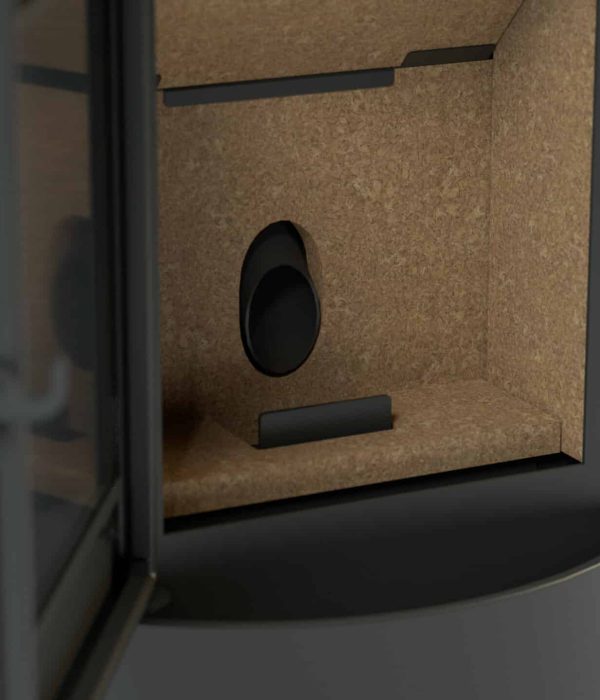How a pellet stove works
Modern technology
Dutch craft in a new guise
Duroflame pellet stoves burn wood pellets, also known as pellets. After you fill the Duroflame stove’s reservoir with pellets and switch on the pellet stove, all sorts of things happen inside the stove. You cannot see this process, but you will notice the result immediately in the form of pleasant warmth in your home. This is what the combustion process looks like:

Duroflame
The burning process
Inside the stove is a special auger, which raises the pellets and drops them into the burn pot. At the bottom of the burn pot is a glow plug that automatically ignites the pellets. The flue fan extracts air through the stove and firepot and then blows the flue gases out through the flue. In this way, there is always negative pressure in the stove and no smoke can escape.
All Duroflame pellet stove models comply with the ECODESIGN guideline for particulate emissions.
Heat diffusion
Once the pellet stove burns properly, the glow plug switches off again. The heat exchanger takes the heat from the flames and transfers it to the room by convection. This involves heating and circulating the air in the room. Convection heat provides more ‘even’ heat than radiant heat from an old-fashioned wood-burning stove, making the entire room pleasantly warm (and not just around the stove). The pellet stove distributes heat with or without a fan, depending on the model.
Easy to set up
On the pellet stove’s display, you set the desired temperature, as well as the pellet stove’s output. The combustion air is exhausted to the outside through a flue fan. All this while models are also available with remote control and the latest versions can even be controlled via a mobile app. The only thing left to do is to enjoy the pleasant warmth the pellet stove spreads in your home.
What does the firing schedule of a pellet stove look like?
This describes the cycles that the pellet stove goes through during the various burning phases.
The firing schedule of Duroflame pellet stoves consists of 6 stages:
1. Preheating/cleaning
This describes the cycles that the pellet stove goes through during the various burning phases.
2. Loading pellets/oxygen
During this phase, pellets are added until fire is measured in the burn pot.
3. Stabilisation
Once the flue gas temperature has risen, the stove enters its stabilisation phase. Fewer pellets are now added.
4. In operation
The pellet stove is now in operation. When the maximum flue gas temperature is reached, the pellet feed switches back to modes.
5. Cleaning
During cleaning, the burner pot is blown clean.
6. Switch off
During cooling, the temperature drops to the set temperature. Then the flue fan continues to run for the set time.
Introduction pellet stove components
Every pellet stove consists of several parts. We have listed the most important parts, with explanations.
Fire pot
A ‘combustion chamber’ where the pellets are ignited and burn at controlled rate. This is where all the heat of the pellet stove is created.
Flue gas fan
Pushes the gases created by the burnt pellets out of the combustion chamber. The flue fan extracts the flue gases inside the stove and creates a negative pressure inside the stove and blows flue gases into the flue outlet. In this way, oxygen is also sucked through the burner pot. The flue fan rotates at different speeds to achieve proper combustion.
Circuit board
The circuit board or also called motherboard controls all the components in the heater.
Control panel
The control panel or display is used to operate the stove. Models are also available with remote control, and the latest versions can be controlled via a mobile app.
Data cable
The data cable or flatcable connects the board and the control panel.
Auger motor
The auger motor is attached to the bottom of the auger or so-called worm. This is an electric motor with a transmission to 1, 2 or 4 revolutions.
Mortar
This is a shaft with a spindle around it. This rotates at low speed by means of the auger motor and raises the pellets
Pressure monitor
The pressure switch measures the back pressure in the outlet. If the back pressure is large, the switch will switch over, go into protection and the stove will give a malfunction. The auger motor will then not receive power.
Maximum thermostat
The maximum thermostat monitors the maximum temperature of the pellet tank. As soon as it gets too high, the thermostat will switch over, go into protection and the stove will give a malfunction. The auger motor will then not receive power. You can reset the maximum thermostat by pressing the reset button. This can be found at the back of the stove. Here you will see a black cap with a diameter of about 1cm that you can unscrew. You can press this to reset the maximum thermostat.
Glow plug
The glow plug is an element that glows during ignition. It is located in the tube you can see at the bottom of the burner pot
Convection fan
The convection fan blows air from the room through the heat exchanger to cool the pellet stove.
Encoder
This is a sensor that measures the speed of the flue fan. This is usually a black cap on top of the flue gas fan where a wheel turns. In a pellet stove with a continuously running auger motor, this encoder is also on the auger motor.
Flue gas temperature sensor
This is a sensor that measures the temperature of the flue gases. In this way, it can determine how much fire is present in the stove.
Room temperature sensor
This is a sensor that measures how warm it is in the room. Based on this, the stove can determine whether it should modulate. Make sure this sensor is placed in a representative place. So do not place it directly on the floor or against a wall. In that case, it will not measure the ambient temperature but the floor or wall.
Wondering how and where to install a pellet stove?

